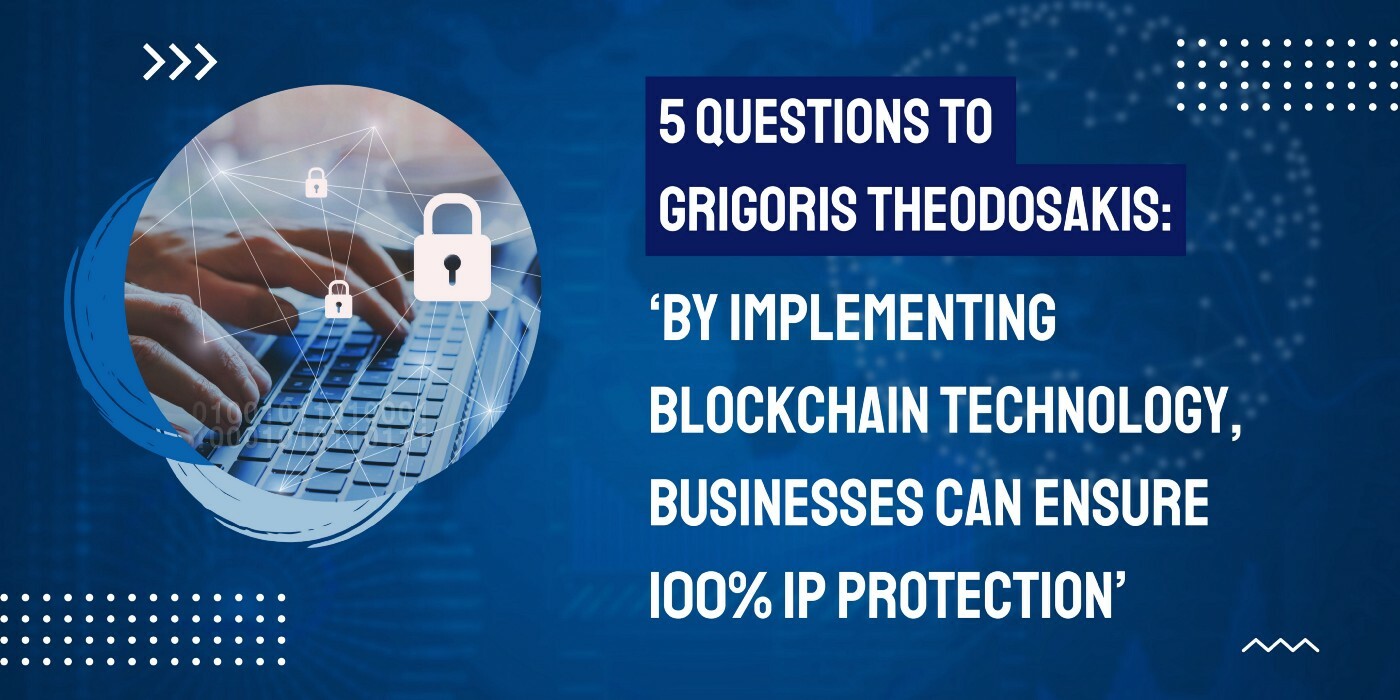CADChain asked Theodosakis about the latest design and manufacturing industry changes he has encountered.
Grigoris Theodosakis (GT): In the past years, the manufacturing industry implemented additive manufacturing technology as state-of-the-art technology. In the field of medical equipment manufacturing though, there is a vast priority on quality over quantity in most products ensuring specific regulations, and as a result, the 3D printers that can meet the industry demands are of high cost. Thus, the implementation of additive technology is still limited to prototyping or small devices.
However, some new ideas come to light such as printing inside of foam techniques. Medical products with specific anatomic specifications can be produced easily in a combination of low-cost to high quality providing the right shapes for the patient.
Moreover, the creation of small-scale devices for home use is now feasible in terms of cost and time, coming together with the emergence of DIGA apps.
In my recent job experience, I created a small device in cooperation with TU University of Berlin to monitor, with AI assistance, problems in the breathing patterns of patients in a coma and notify the medical staff with detailed information.
The prototyping was done using 3D printing technology, while discussions are still going on about mass production of similar products, instead of older techniques such as casting. This example is one of the few that exist in an industry in which sensitive equipment must be preserved, with 3D printing giving an efficient solution.
CADChain: How do you see the challenges for intellectual property rights, due to digitization and distributed manufacturing? Is it easy to preserve the IP rights in Industry 4.0?
GT: Up until now, many IP practitioners have focused on protecting physical assets — devices, structures, the configuration of physical systems, physical outputs, the operation of physical systems, and physical connections.
In Industry 4.0, however, the focus needs to remain on the foregoing but thought also needs to be invested in IP protection for methodologies, the configuration of virtual components, data handling, and storage, processing algorithms, user interfaces/experiences, methods of use and brand recognition.
The IoT presents a challenge to IP practitioners to adapt existing IP protection strategies by developing new approaches better suited to the rapidly changing, connected-yet-disconnected network of innovations forming the IoT. By opening communications and application programming interfaces (APIs) to more and more collaborator-yet-competitor devices, innovators (i.e., clients) must carefully guard their IP, while at the same time facilitating interoperability and security among connected devices.
Monitoring and censoring are essential tools in the manufacturing industry in regard to security, automation, and maintenance. Therefore, by implementing blockchain technology, businesses can ensure 100% IP protection.
CADChain: Recent research shows that the share of intangible assets has greatly increased in manufacturing and become larger than tangible assets. What do you think those assets are?
GT: Investment in intangible assets that underpin the knowledge or learning economy, such as intellectual property (IP), research, technology and software, and human capital, has risen inexorably over the past quarter-century. Also, the COVID-19 pandemic appears to have accelerated this shift toward a dematerialized and decentralized economy.
From my perspective, companies that master the deployment of intangible investment will be well-positioned to outperform their peers. Humanity experiences the start of a new stage in the history of capitalism based on learning, knowledge, and intellectual capital.
CADChain: What do you think about blockchain technology? What value can it bring to the industry?
GT: There are three main benefits of the implementation of blockchain technology:
- The main advantage is the fact that companies will be able to use and share their CAD files with the same ease they use their bank cards while being protected. It can ensure efficiency also because no matter what changes are made to the files, their identity will be unique.
- In recent years, the implementation of cloud technology has allowed companies to enhance the communication and the efficiency of design engineers, by letting them work in parallel. However, a new problem to secure the CAD files’ integrity emerged.
- Free launchers are going to be greatly benefited, as they will be able to sell their drawings while ensuring security on their rights to the product. Therefore, the implementation of a coin to support such transactions could be viable in the future. In detail, there are a lot of websites for professional or non-professional designers that offer free or low-cost drawings such as Thingiverse that could be even more productive and operational under the protection of blockchain security protocols. Consequently, this will create another incentive for designers to upload their drawings.
CADChain: What kind of tools do you usually use for CAD data protection in your work? Do you consider blockchain solutions for this purpose?
GT: Blockchain technology is expected to be the future of encryption. Taking a step back, we can talk about the CIA protocol that applies to encryption, namely Confidentiality, Integrity, and Availability.
Confidentiality comes from the fact that blockchain encryption cannot be broken, except by using current techniques and/or technology, integrity since every transaction within the blockchain can be tracked and approved. And finally, availability because of the number of peers and nodes that can verify actions rapidly.
Unfortunately, for small to medium scale companies’ data protection for CAD files is no different than this for any other set of data. Some of the software, like Sealpath, are good alternatives, while someone can get a demo upon request to test the capabilities. But, in my point of view, a more solid and permanent solution is needed, and I believe that blockchain mixed with cybersecurity is the major one.


